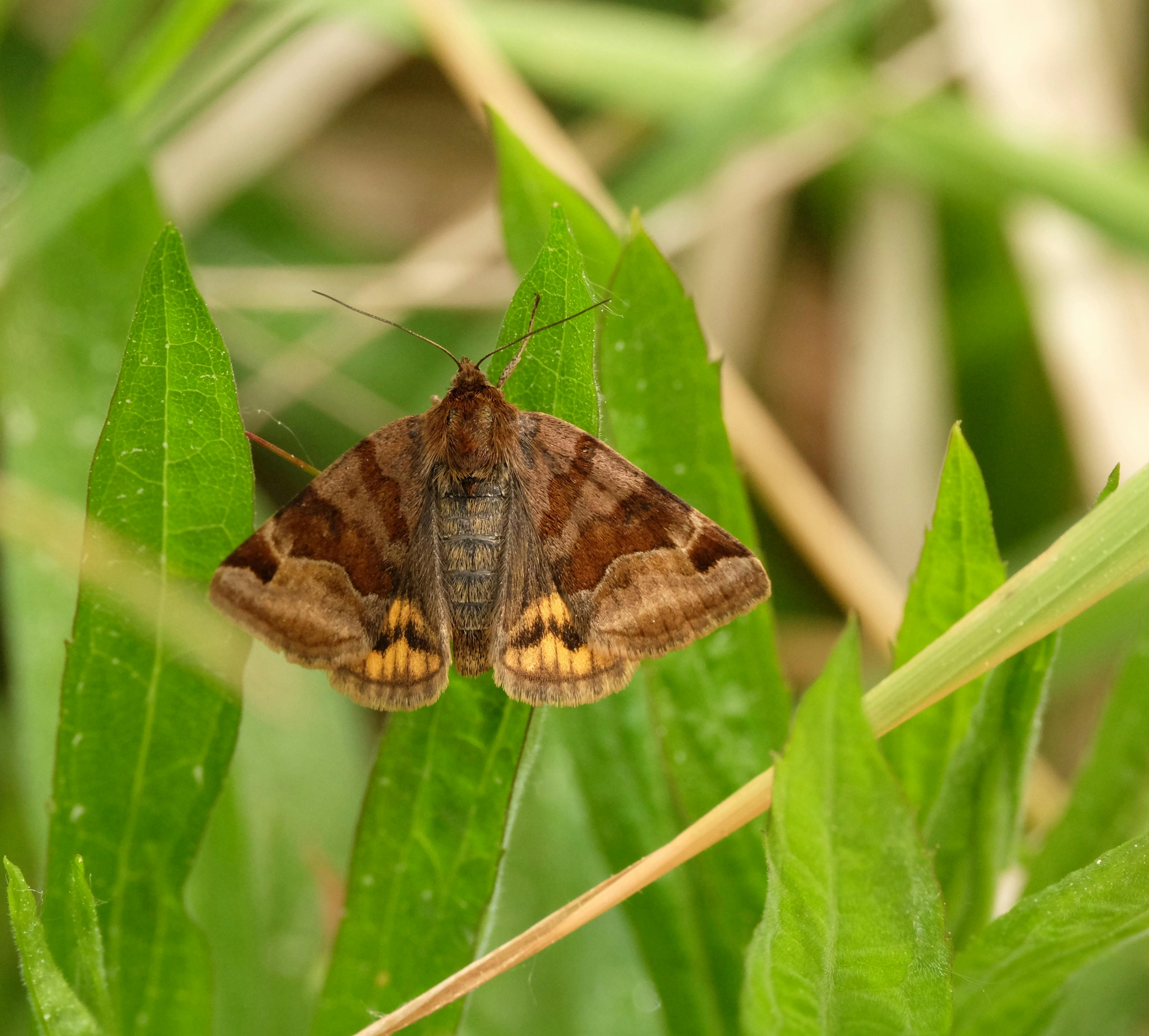Effective Ways to Optimize Your 30 Gallon Terrarium in 2025
Terrariums have become a beloved hobby for enthusiasts who enjoy creating their own miniature ecosystems within a glass container. A 30 gallon terrarium offers ample space to experiment with various biomes, whether it’s a tropical rainforest or a desert landscape. The aesthetic appeal of a beautifully designed terrarium adds a vibrant touch to any space, making them a perfect indoor gardening project. This article explores effective techniques for optimizing your 30 gallon terrarium setup in 2025, ensuring that it thrives while also being easy to maintain.
In this guide, we'll discuss essential aspects such as terrarium plants, substrate options, humidity control, and effective lighting solutions. We’ll also delve into specific planting techniques, the importance of air circulation, and how to create an inviting terrarium layout. Additionally, you'll learn about the maintenance needed for a healthy terrarium ecosystem. By the end, you’ll be equipped with valuable tips to enhance the health and beauty of your terrarium.
Let’s jump into the practical aspects of optimizing your 30 gallon terrarium for success!
Choosing the Right Terrarium Plants for Your Setup
When setting up a 30 gallon terrarium, selecting the right terrarium plants is fundamental for creating a thriving ecosystem. Your choice of plants will depend on the specific conditions you want to create, whether you're envisioning a humid tropical environment or a dry desert landscape.
Best Plant Species for Diverse Biomes
In a tropical terrarium, consider including moisture-loving plants such as ferns, mosses, and orchids. These species thrive in high humidity and can create a vibrant green environment. For a desert-themed terrarium, succulents and cacti are ideal due to their low water requirements and ability to adapt to arid conditions. Additionally, a mix of plants can add aesthetic value; for example, pairing taller plants with ground covers can create a visually appealing landscape.
Planting Techniques for Optimal Growth
A vital aspect of your terrarium setup is employing effective planting techniques. Begin by layering your substrate to promote good drainage. A drainage layer of pebbles or small stones should be placed at the bottom, topped with a nutrient-rich soil layer that retains moisture but drains excess water. When planting, be mindful of spacing to allow for plant growth and airflow to prevent mold.
Creating a Balanced Ecosystem
Understanding the role of each plant within your terrarium ecosystem is crucial. While some plants may thrive in a closed terrarium, others may require higher air circulation found in an open terrarium. Monitor the compatibility of different species to ensure that they can coexist without competing for resources or light. By creating this balance, your terrarium will not only flourish but will also maintain its visual appeal over time.
Implementing Effective Humidity Control
Humidity control is vital for successful terrarium maintenance, especially in a larger 30 gallon setup. Achieving the right humidity levels can significantly influence plant health and growth.
Understanding Humidity Requirements
Diverse plant species have varying humidity preferences; tropical plants generally thrive in high humidity, while desert plants prefer dryer conditions. It's essential to monitor moisture levels in your terrarium regularly. A simple moisture meter can help you assess whether additional humidity or reduced moisture is needed.
Using Misting Systems for Proper Care
One effective way to manage humidity is by installing a misting system. These devices can automatically provide the necessary moisture during drier periods. Regular misting not only maintains humidity but also keeps your plants hydrated without the risk of over-watering. When using a misting system, ensure it is set to a schedule that aligns with the specific plants’ needs, adjusting as the seasons change.
Incorporating Water Features
Add a water feature, such as a small fountain, to create a microclimate that increases humidity levels. Water features can also enhance the visual appeal of your terrarium while inviting various animal species that benefit from increased moisture. Aquatic plants can also thrive in this environment, creating a small-scale ecosystem that mimics natural habitats.
Optimizing Soil and Substrate Options
The substrate in your terrarium plays a crucial role in supporting plant health and facilitating a thriving ecosystem. Choosing the right terrarium soil and layering it properly can ensure plants receive adequate nutrition and moisture.
Exploring Various Soil Types
When setting up your 30 gallon terrarium, you have a choice between various terrarium soil types. Look for organic soils that retain moisture while allowing proper drainage for roots. You might consider using a blend of potting soil, coconut coir, and perlite for a well-balanced substrate. These materials not only support plant growth but also contribute to the overall ecological balance.
Layering Soil for Nutrient Retention
A crucial aspect of soil layering involves placing heavier components at the bottom, such as rocks to aid drainage, followed by a fine layer of activated charcoal for air filtration, and finally, a nutrient-rich soil layer for planting. This effective soil structure enhances moisture retention and ensures that roots do not sit in water, preventing potential root rot.
Enhancing Soil Quality through Fertilization
Regular fertilization is also key for maintaining a healthy terrarium ecosystem. During the growing season, consider using a diluted liquid fertilizer to support your plants. However, be cautious with the dosage to avoid over-fertilizing, which can lead to algae growth or damage the plants. Monitor plant health closely and adjust your fertilization strategy based on their growth stages.
Lighting Solutions for Terrarium Health
Proper lighting is critical for the success of your 30 gallon terrarium. It influences plant growth, humidity levels, and overall ecosystem balance. Understanding how to optimize your terrarium lighting will significantly affect the health of your plants.
Types of Lighting Systems
Different types of lighting, such as LED or fluorescent lights, can be used to enhance the growth of plants in a terrarium. LED lighting is energy-efficient, long-lasting, and provides suitable wavelengths for photosynthesis. If you have a closed terrarium, consider using a timer to ensure that plants receive a consistent light cycle, mimicking natural conditions.
Placement and Duration of Light Exposure
Another important factor in terrarium lighting is placement. Ensure lights are positioned at the right distance from the plants to avoid burning leaves while still providing adequate brightness. A general rule of thumb is to have your lighting on for about 12-16 hours a day. Adjust this based on the specific needs of your selected plant species and their natural habitats.
Integrating Natural Sunlight
For terrariums placed near windows, integrating natural sunlight can greatly benefit your plants. However, be mindful of direct sunlight as it can create heat and lead to excessive humidity within closed terrariums. A balance of artificial and natural light can promote a healthier terrarium environment, enhancing plant growth and visual appeal.
Terrarium Maintenance Tips for Longevity
Maintaining your 30 gallon terrarium is key to its longevity and aesthetic appeal. Regular care and observation will ensure consistent growth and prevent common problems. Let’s explore effective techniques for terrarium maintenance.
Establishing a Watering Schedule
Knowing how often to water your terrarium is essential. Every terrarium is unique and will have different requirements based on the plants used and the internal environment. Generally, you should check the moisture levels weekly. For closed terrariums, you may only need to water every few weeks, while an open terrarium may require more frequent watering to compensate for evaporation.
Pruning for Optimal Growth
Regular pruning can help your plants stay healthy and vibrant. Removing dead or wilting leaves allows for better airflow and can prevent mold. It also encourages new growth and keeps your terrarium aesthetically pleasing. Knowing which plants require pruning and how often ensures your terrarium remains vibrant and thriving.
Monitoring Ecosystem Health
Finally, keeping an eye on the overall health of your terrarium ecosystem is crucial. Watch out for signs of pests or mold, as these can disrupt balance. If any issues arise, act quickly by researching potential solutions or adjusting humidity and lighting accordingly. By maintaining a healthy environment, your 30 gallon terrarium will flourish with each passing season.


Conclusion: Embracing the Terrarium Hobby
Optimizing your 30 gallon terrarium can be a rewarding endeavor that enriches your living space and provides a unique hands-on gardening experience. By carefully considering plant choices, moisture control, substrate options, lighting solutions, and ongoing maintenance, you cultivate both beauty and balance within your glass terrarium. Whether you're a beginner or a seasoned terrarium enthusiast, these techniques will help you create a thriving micro-ecosystem. Happy terrarium gardening!
